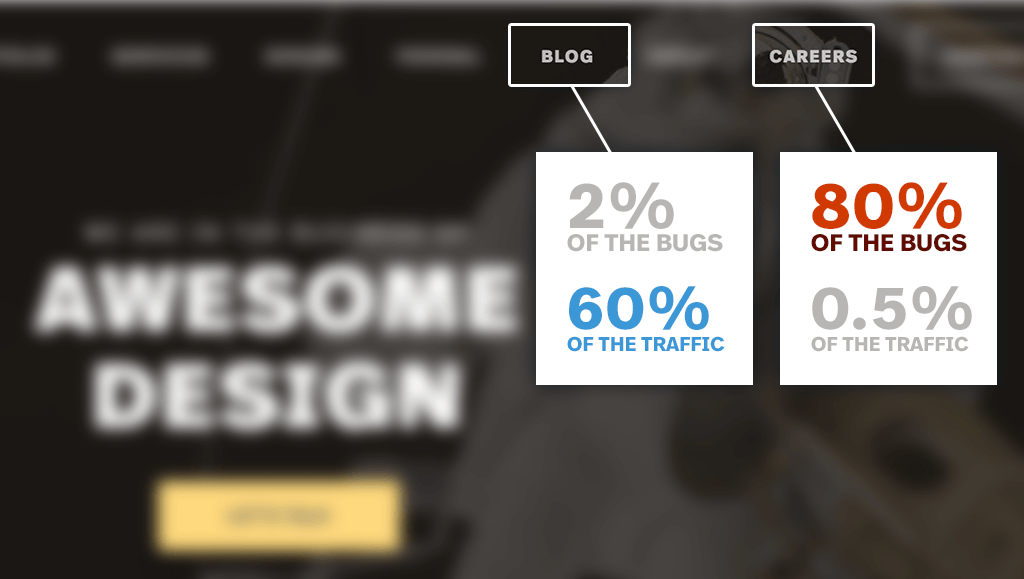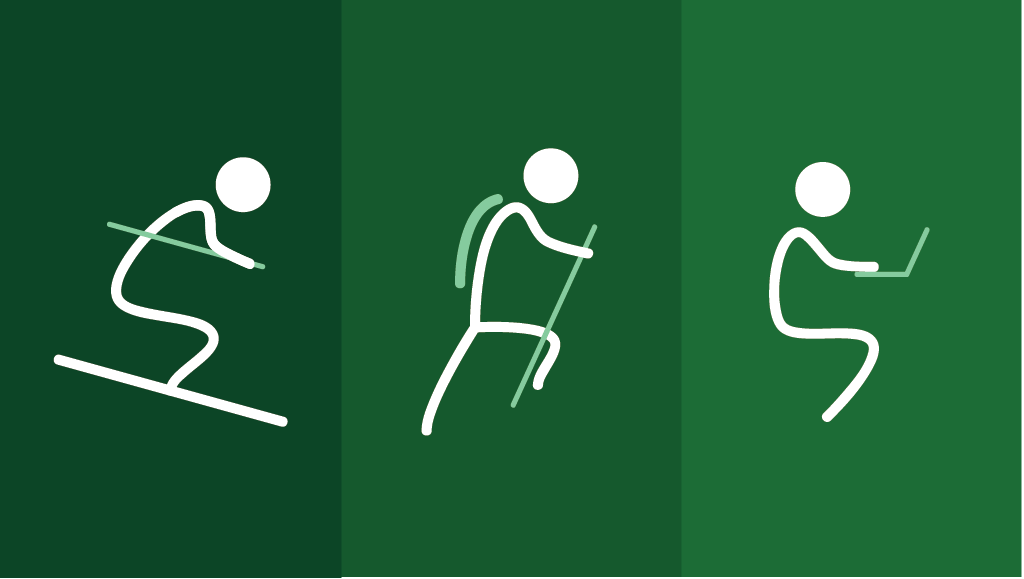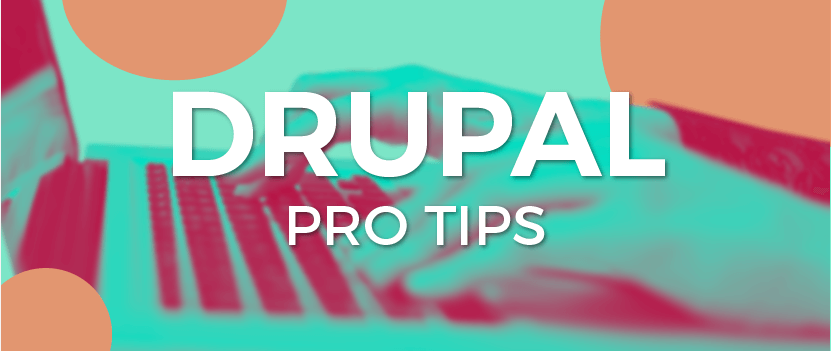
Over the last year, I have spent my time studying product design in Stanford’s graduate design program. Now a lot of people ask me, “what exactly are you studying?”. The term product design doesn’t resonate with people like “graphic design”, “industrial design”, “architecture”, or “interior design”. There is no sticky example of product design that helps people understand. And that’s because product design consists of any of the specialties that people think of when they hear the word design. But what I am really learning is “design thinking”. Design thinking is a process, a new way to innovate and solve problems from a human perspective.
Historically, a technology centered approach or a business centered approach have been the two ways that people have captured innovation. A technology centered approach relies on years of scientific research to discover new materials or processes. A company then takes these new technologies and develops an application for them. This application is then tested as a viable product and put into the market place. Patents allow the companies to have a slight advantage for a few years before the rest of the marketplace catches up. But sometimes the product hits the market and is a failure. No one wants or has a need for such technologies and the years of research and development have been wasted.
A business centered approach to innovation takes existing technologies and invents new business models for distributing and selling the products. These new business models usually cut down on cost and increase profits for the company. They receive a competitive advantage over the market until their competitors switch to the new business model. This also does not lead to much innovation, same products packaged in a different way.
Design thinking is the third, relatively newer way to innovate and gain competitive advantage over the market. Over the past 25 years, David Kelley and IDEO (amongst other highly successful design firms) have shown the world the power of human-centered design and design thinking. The design thinking process starts with empathy and understanding the user on a human level. The designer’s deep understanding of human needs allows them to create new innovations that solve the user’s pain points and create true value in the world. The entire design thinking process relies on quick iterations and prototyping that ensures a successful product.

The design thinking process is made up of five different parts:
Empathize - Empathy is at the heart of design thinking. During this stage, the designer deep dives into the human experience. Through ethnographic style interviews, the designer will learn everything to know about the user, most importantly, what are the pain points they are experiencing. This will be the foundation of all design decisions moving forward.
Define - During the define mode, the designer takes all the knowledge they have about the user and they begin to focus their efforts onto a specific problem. The key deliverable during this stage is the “point of view”. A well defined point of view will not only state the problem but it will become the guiding principles for all design decisions moving forward.
Ideate - Ideation is the transition from defining the problem to exploring potential solutions. During this part of the design process, high-energy brainstorms are the designer’s best tool. Brainstorming leads to hundreds of potential ideas. Each idea is valued, no matter how wacky it may appear on the surface. (pro tip: wacky ideas help break conventional thinking and can lead to the most innovative products) At the end of the ideation phase, a few ideas are selected to explore further.
Prototype - The few ideas that have the most potential are then prototyped as quickly as possible. These prototypes should initially be low fidelity, spending just enough time on the concept that the user will be able to give appropriate feedback. It is important that the designer does not become too attached to their solution at this point or they might hold onto a bad idea for too long.
Test - Lastly, the designer takes their prototypes back into the world and tests them with real users. During testing, the designer becomes an observer, watching how the user interacts and feels about the product. This information will then be used for the next round of design thinking process. As a designer, you would either continue building out your current prototype based on the new knowledge or scrap it and start over (a little bit wiser for it). The worse thing a designer can do is become too attached to their solution before the users prove that it is a valuable solution and is solving real needs.
The design process is then constantly repeated for the lifespan of the product. If done correctly, the product will continue to evolve and add value to the world. Unfortunately, most companies stop using design thinking once they have launched a successful product, priorities are placed on other parts of the company, and innovation comes to a crawl.
The reason this happens is because design thinking is not easy. While the above process seems linear, clean, and straightforward, design in the real world is much messier. Daniel Newman from the Central Office of Design depicts the process below:
 To be good at design thinking you must be ok with ambiguity and uncertainty. You have to trust the process and you will be rewarded with a truly innovative product. Every company should adopt some form of design thinking. It will not only give them a competitive design advantage (think Apple or Tesla) but it will be the tool that will solve some of the world’s most wicked problems.
To be good at design thinking you must be ok with ambiguity and uncertainty. You have to trust the process and you will be rewarded with a truly innovative product. Every company should adopt some form of design thinking. It will not only give them a competitive design advantage (think Apple or Tesla) but it will be the tool that will solve some of the world’s most wicked problems.






